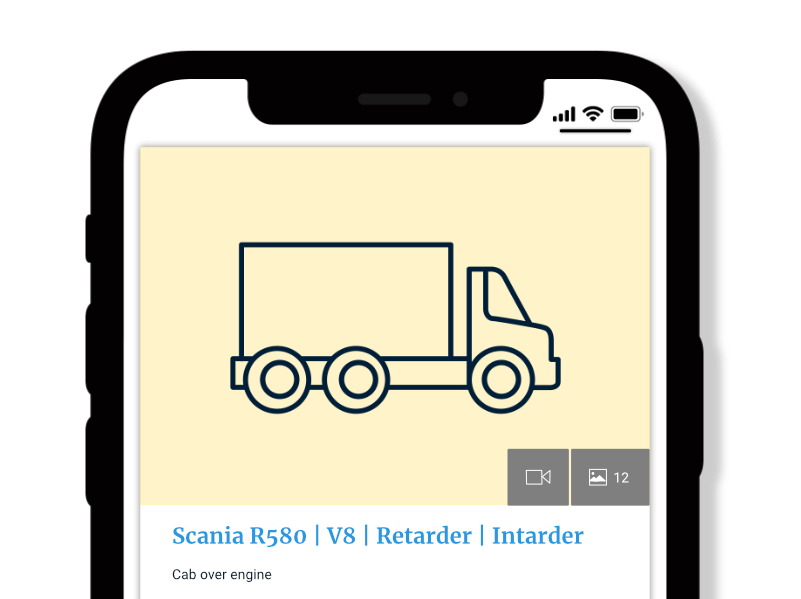There are some common mistakes in ad titles that can cause you to miss out on buyers. Do you recognize yourself in (any of) the four mistakes below? Not to worry. Get tips on what to do to write catchy ad titles. Those ad titles are guaranteed to get your buyers to click.
Common mistakes in ad titles
1. Mistake: adding cynonyms and translations
This leaves less room for unique selling points. Many website systems automatically pay attention to synonyms and translate automatically. So there is no need to add translations and synonyms yourself.


2. Mistake: mention category
When creating an ad, you always choose a category, so your ad will automatically appear in it. So the space in your ad title is better used for unique selling points. In the examples above, the categories are ‘wheel loader’ and ‘sliding tarpaulin’, so you can omit them.
3. Mistake: Using capital letters and exclamation points.
This comes across as garish and unprofessional. Besides, they both add nothing. Moreover, capital letters take up more space than ‘normal’ letters. So don’t capitalize whole words and don’t add exclamation points.

4. Mistake: duplicate information
Is a unique selling point, such as a truck-mounted crane, already in the photo? Do not mention it in the title. This saves space for other unique selling points.
Tips for ad titles that buyers click on
1 Good: readable on mobile
More than 60% of website visitors view TrucksNL on their mobile. So make sure your ad title is easy to read on mobile. An ad title is shorter on mobile than on a desktop. So keep that in mind.
An advert title on the mobile phone

A display title on the desktop

2. Good: mention unique outlets
Name about 3 unique selling points. This is because most buyers scan ad titles. So keep them short, that way they are easy to scan on desktop as well as mobile.

3. Good: use separators
Separators allow your buyers to scan quickly. You can choose “standing” lines or commas. We do not recommend hyphens. We do not recommend hyphens, as they cause confusion because hyphens connect words together when you may not want them to.


